How do the different hydraulic filters work together?
Every filter in any hydraulic system performs an important function. The perfect hydraulic system would feature filters at every stage along the hydraulic circuit, to filter the oil before and after entering every component. In reality, cost, physical space and added pressure to the system limit how many filters a machine can accommodate. Manufacturers therefore try to design their systems to be both as efficient and as cost-effective as possible.
That can mean some tough decisions about which filters to leave out and which to include.
The extent of filtration depends on:
- The cleanliness requirements and sensitivity of the components
- Ambient contamination
- The duty cycle of the equipment
- Ease of servicing the components and how confident the manufacturer is that regular maintenance takes place
- Other variables that vary from application to application.
We teamed up with filtration experts of Donaldson to take a look at every type of hydraulic filter and their functionality.
Which filters feature in your hydraulic system?
The graphic below shows broad categories of hydraulic filters, which you will also find in our article on replacing hydraulic filters.
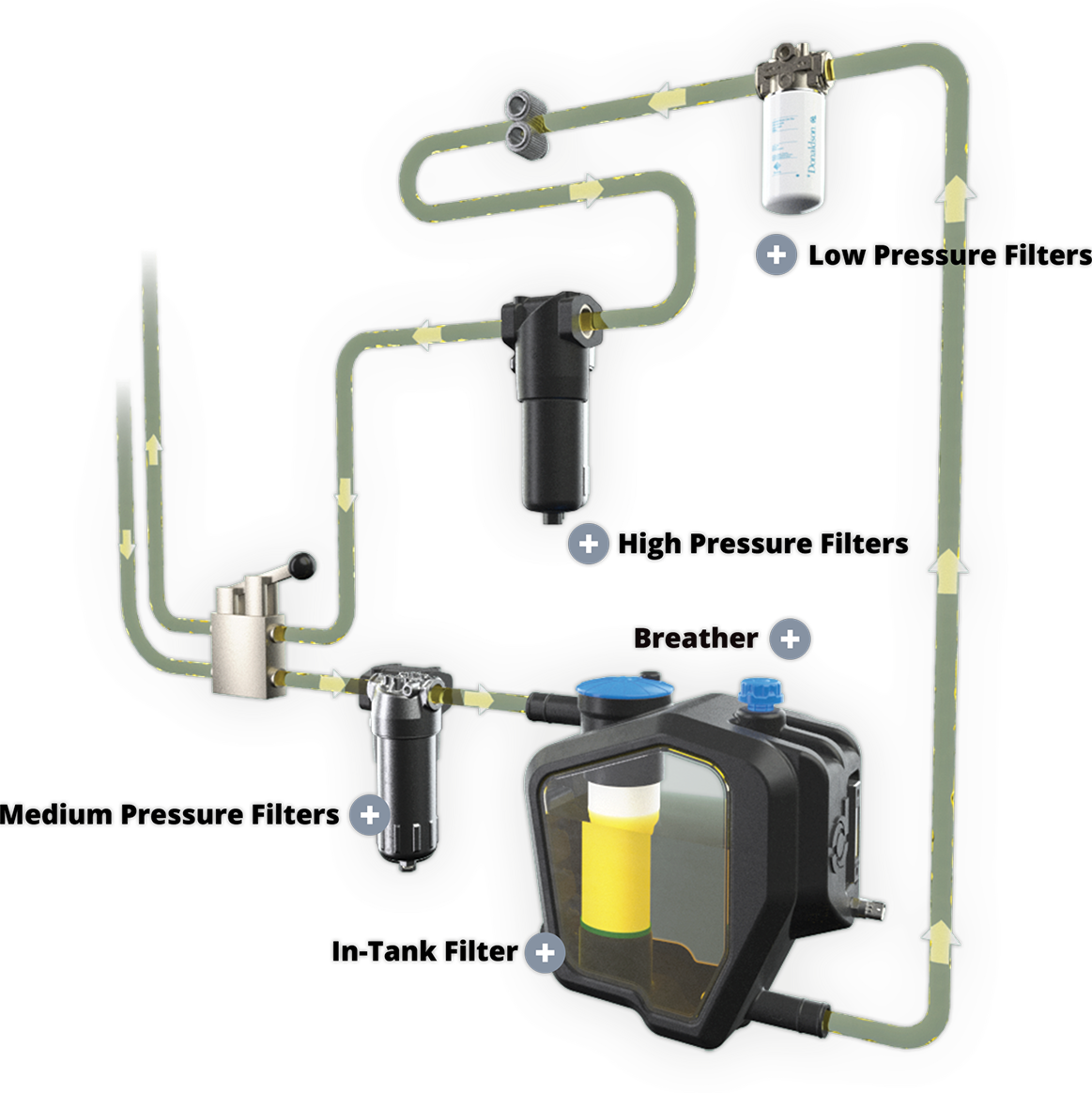
Suction strainers
Typically found in the hydraulic fluid reservoir/tank. Their only real use is to keep cigarette butts, moths, nuts and bolts, and other large contaminants out of the pump. These can easily be eliminated instead by keeping the reservoir sealed and using a filler-breather and return-line filter. So, the low cost of a suction strainer could prevent extensive damage to an expensive hydraulic pump (not to mention the cost of downtime for the farmer or construction company). In some cases, it also helps to prevent air bubbles from entering the hydraulic circuit.
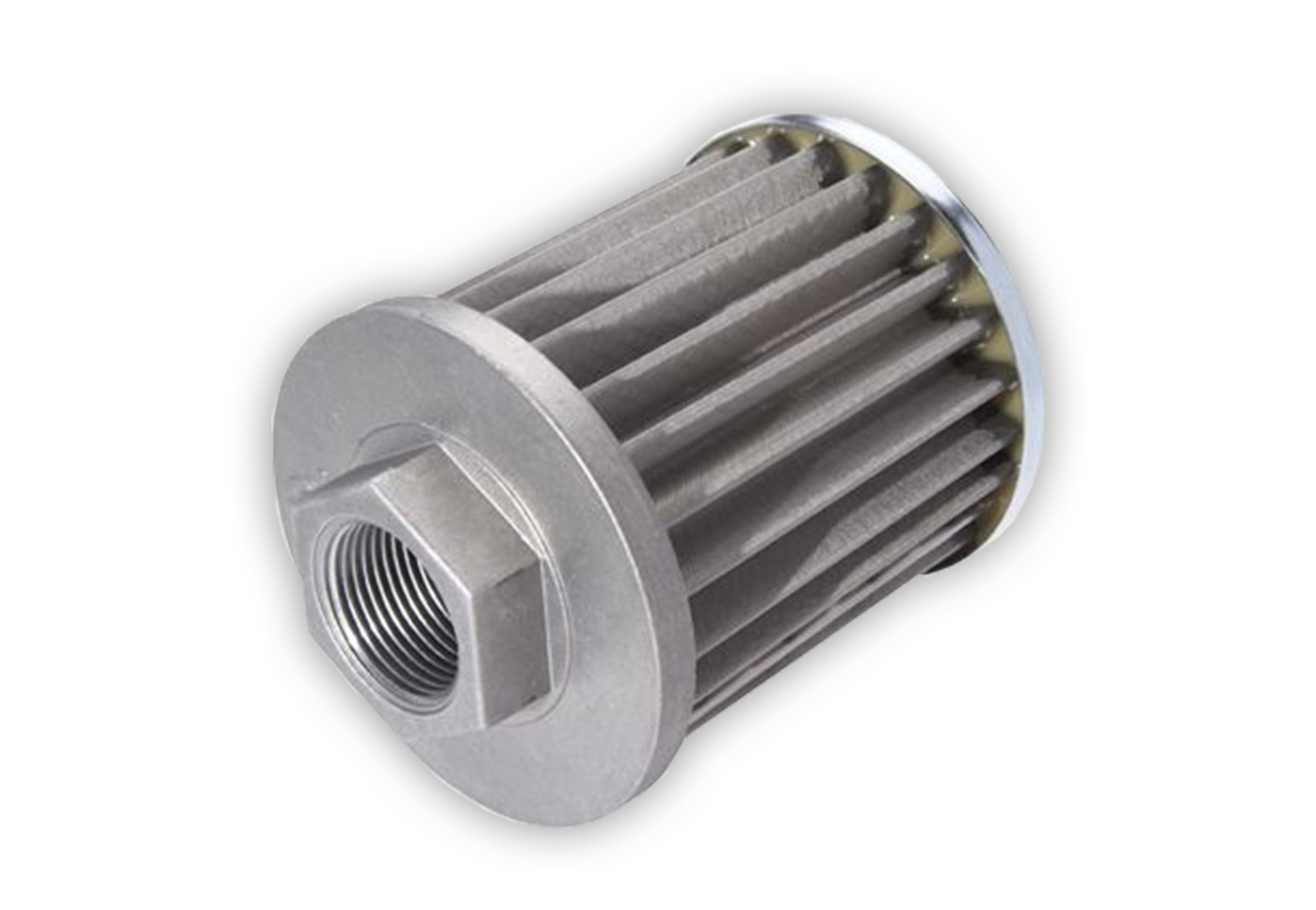
Suction filters
Suction filters are normally placed between the reservoir and the pump, and are designed to protect the pump from harmful contaminants. They are easier to service and less expensive than many other types of filters. However, to prevent restricting the pump’s suction line, they tend to be substantially larger than other return or pressure filters with the same flow rating.
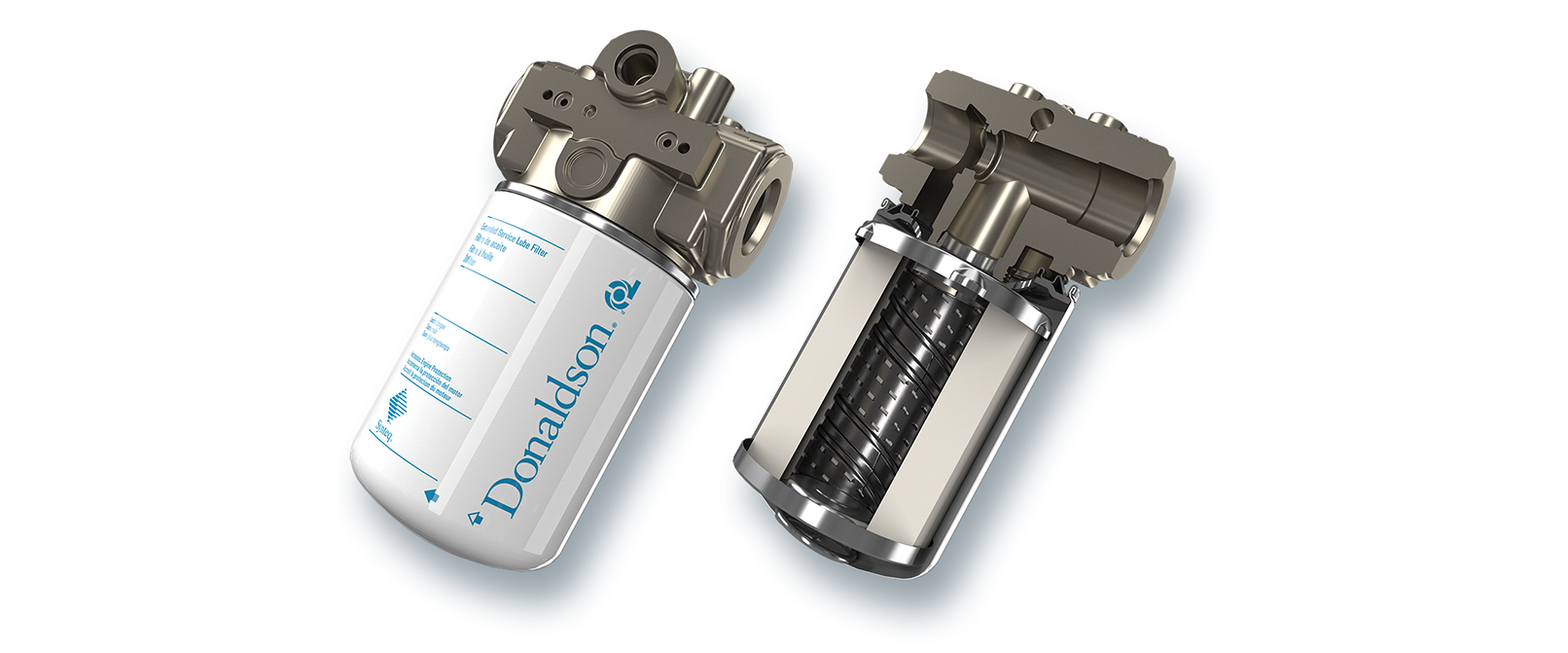
High-pressure filters
These clean the fluid delivered by the pump. This protects expensive downstream components, such as servo valves and actuators. High-pressure filters protect the circuit in case of a catastrophic pump failure and are a worthwhile investment for high-performance systems. They are found in a huge number of applications, from tractors, construction and mining equipment.
One disadvantage of high-pressure filters is, ironically, the high pressure. Housings for these filters must withstand pressures of 6000 psi or higher, so they can be heavy and difficult to handle - as anyone who has ever tried to change a slippery, 200lb cast-iron filter can attest. Unless a duplex configuration is used and strict safety practices are followed, the entire hydraulic system must be shut down to service a high-pressure filter.
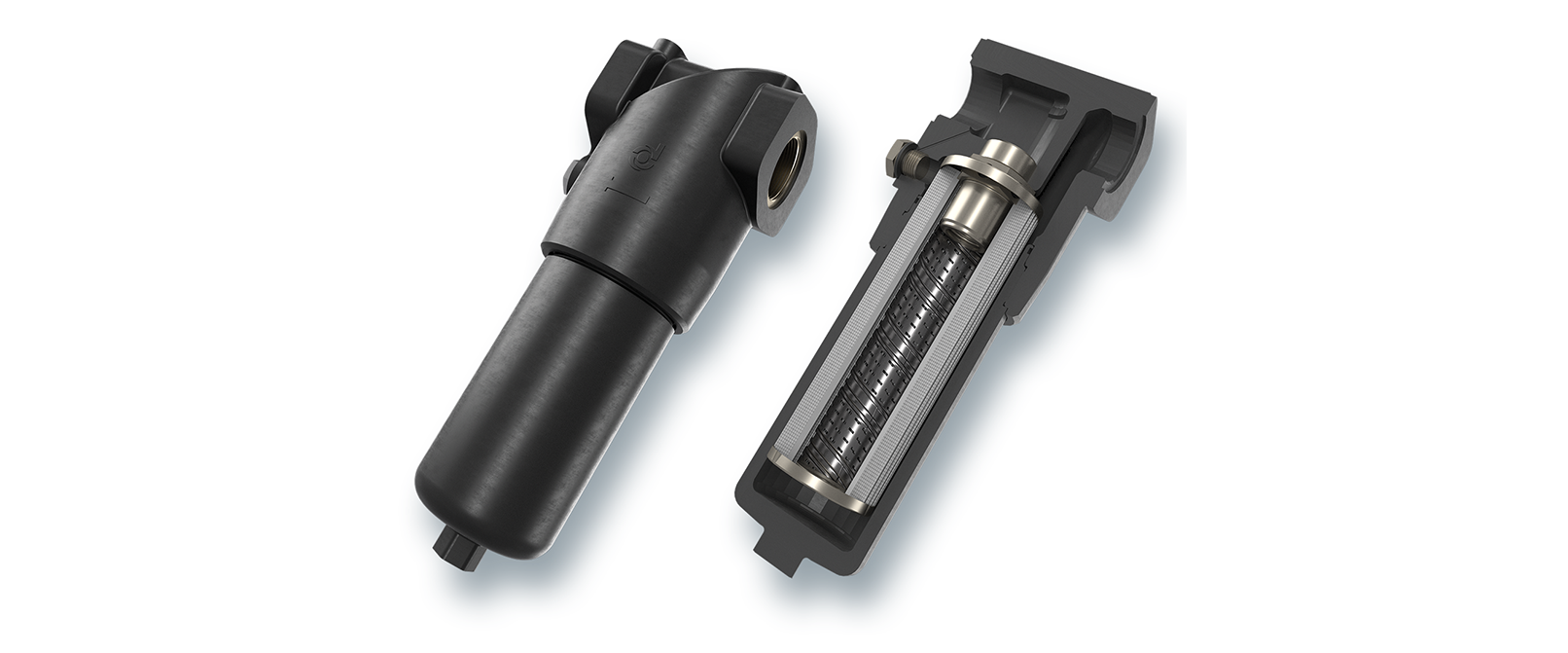
Return line filters
These usually have low- or medium-pressure housings, less expensive than their high-pressure counterparts. Return-line filters collect contaminants from the oil as it returns from the valves and implements and flows towards the reservoir. Return-line filters are versatile. They can be positioned almost anywhere within the return line circuit, either mounted inline or built into the reservoir.
Their sensitivity to flow surges can degrade their performance, so it is important to size return-line filters for maximum anticipated flow.
They are, however, especially effective at removing contaminants that enter the hydraulic system through actuators, such as piston rods. When extended, the oily surface of the rod collects dirt, which can be carried into the hydraulic system when the rod retracts.
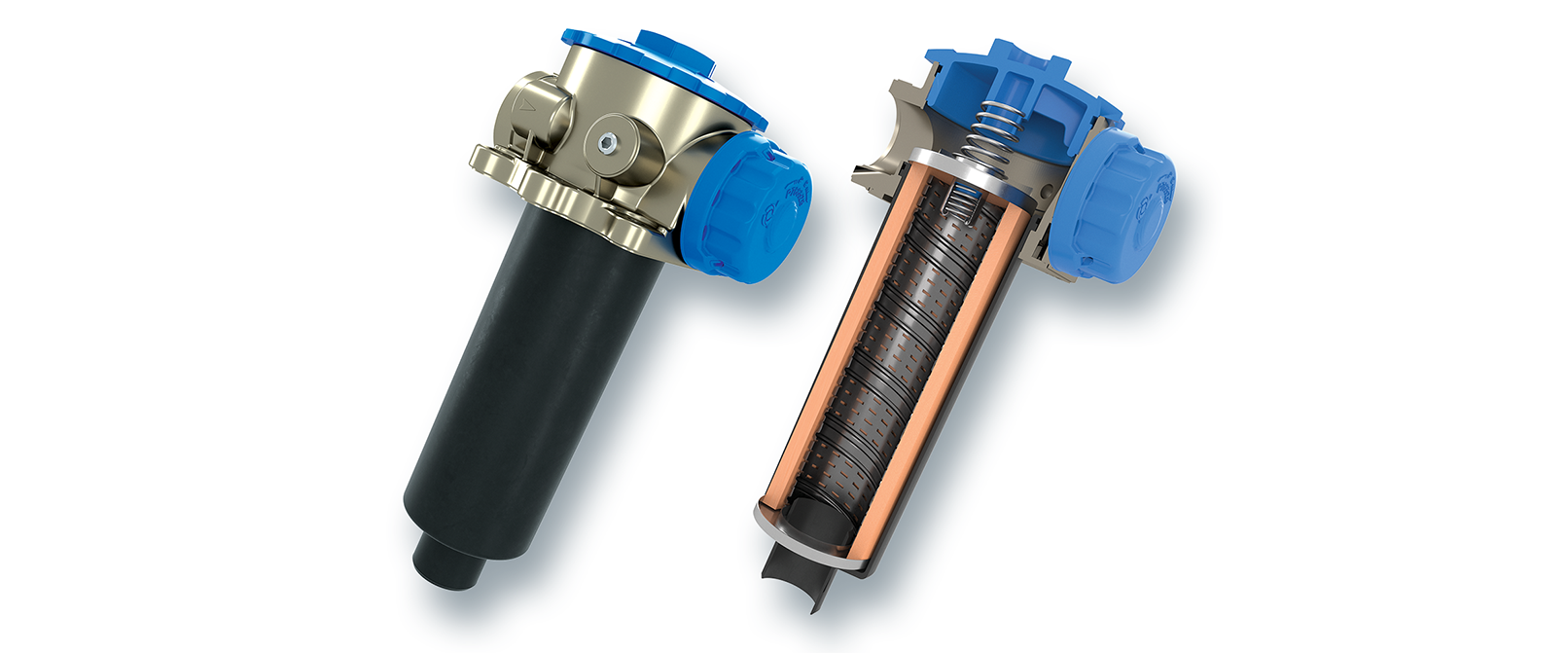
Spin-on filter
With a spin-on filter, the head – the top part of the filter connected to the vehicle – is fixed and you spin on and off the element. The cartridge-bowl construction type involves top and bottom housing, and the element sits inside the lower, bowl part of the housing.
Replacing the spin-on filter means throwing away the entire element. It’s a faster, simpler service, but the replacement filter elements are more expensive than those in a cartridge-bowl construction. Replacing the cartridge-bowl element means less waste, since less material is discarded, which is more environmentally friendly, and the cost of the element is lower. Good to know; equipment manufacturers need to make a trade off between the cost to build the vehicle, the costs to operate the vehicle, the environmental impact and serviceability.
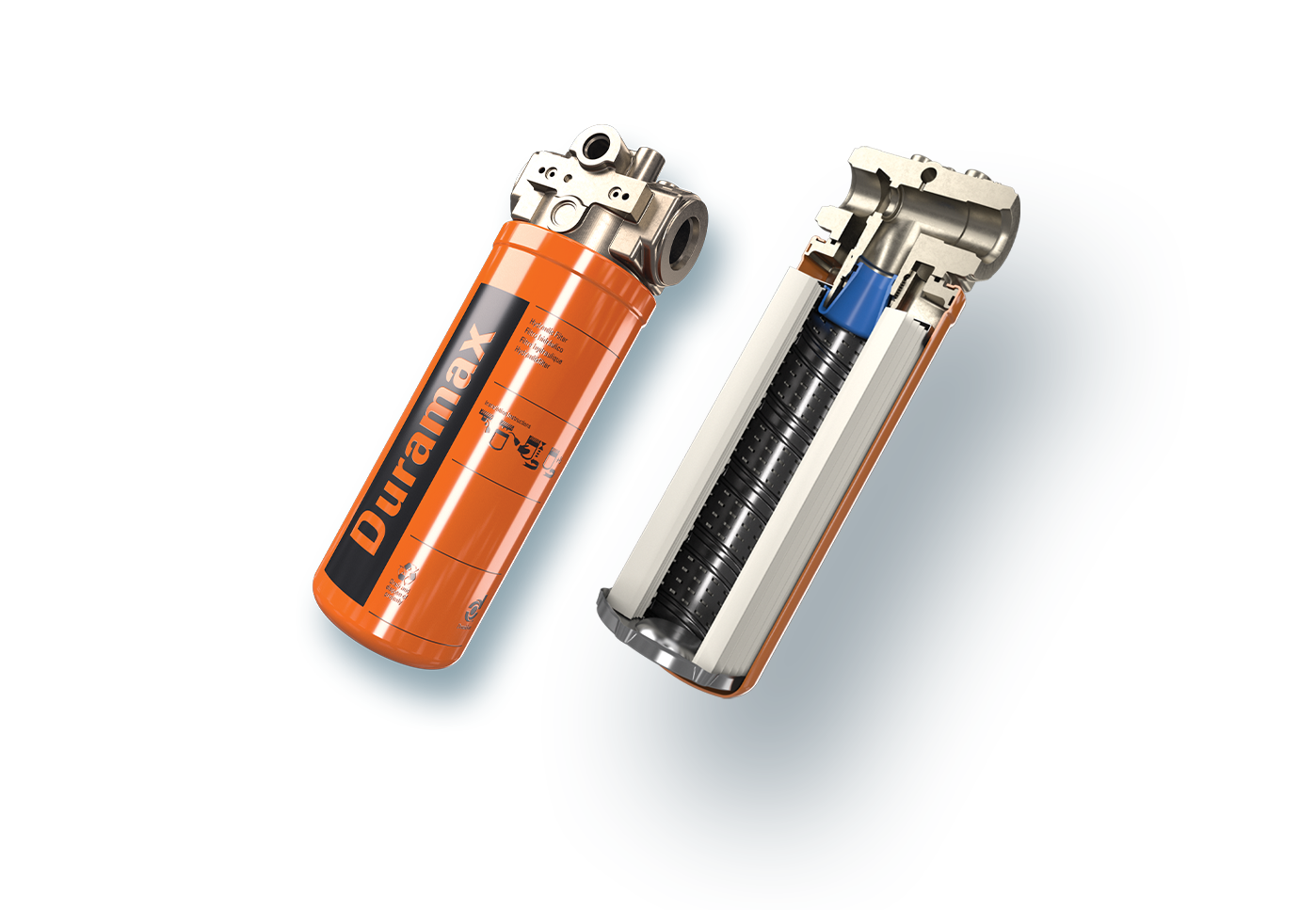
Breather filters
Breather filters prevent atmospheric or airborne contamination from entering hydraulic reservoirs. Air enters the reservoir whenever the fluid level drops, which happens during normal cycling of the machine and when fluid cools down during idle periods. Breathers are designed to stop particles larger than 3 µm from entering the system.
Breather filters probably offer a greater benefit for their cost than any other hydraulic filtration technique. If a reservoir sealed from the atmosphere is not practical, filter breathers are specified for the overwhelming majority of applications.

Would you like more information about working with hydraulics or about our filters? Look no further! Our hydraulics staff are always ready to help.

